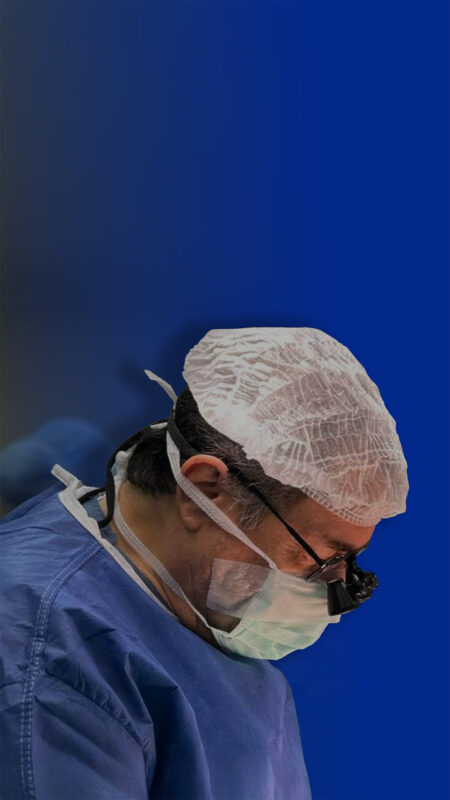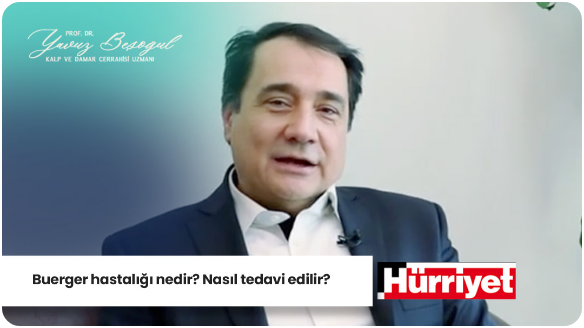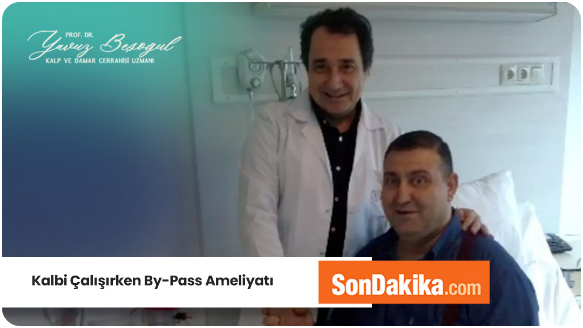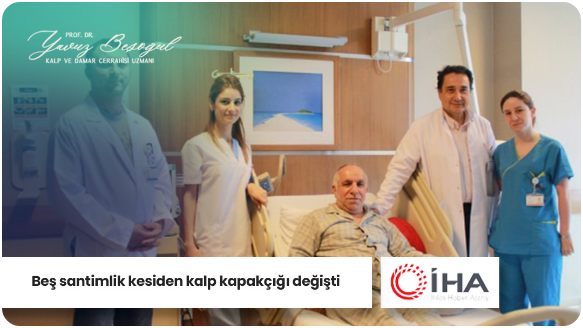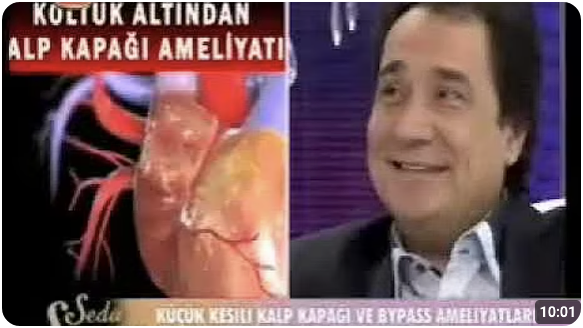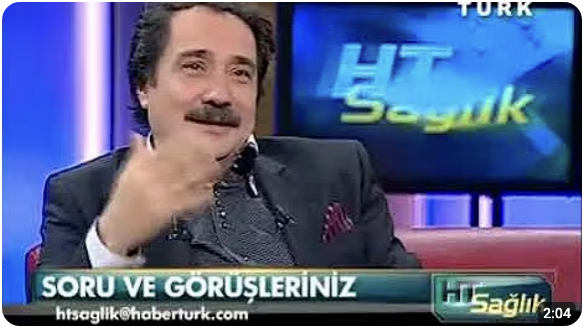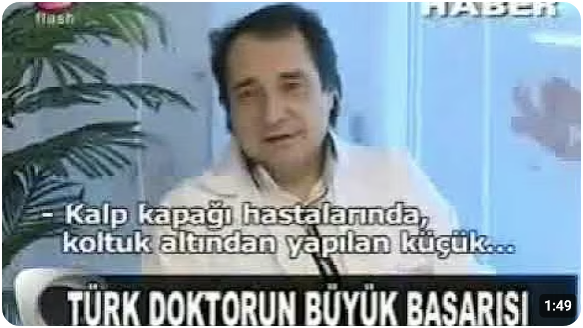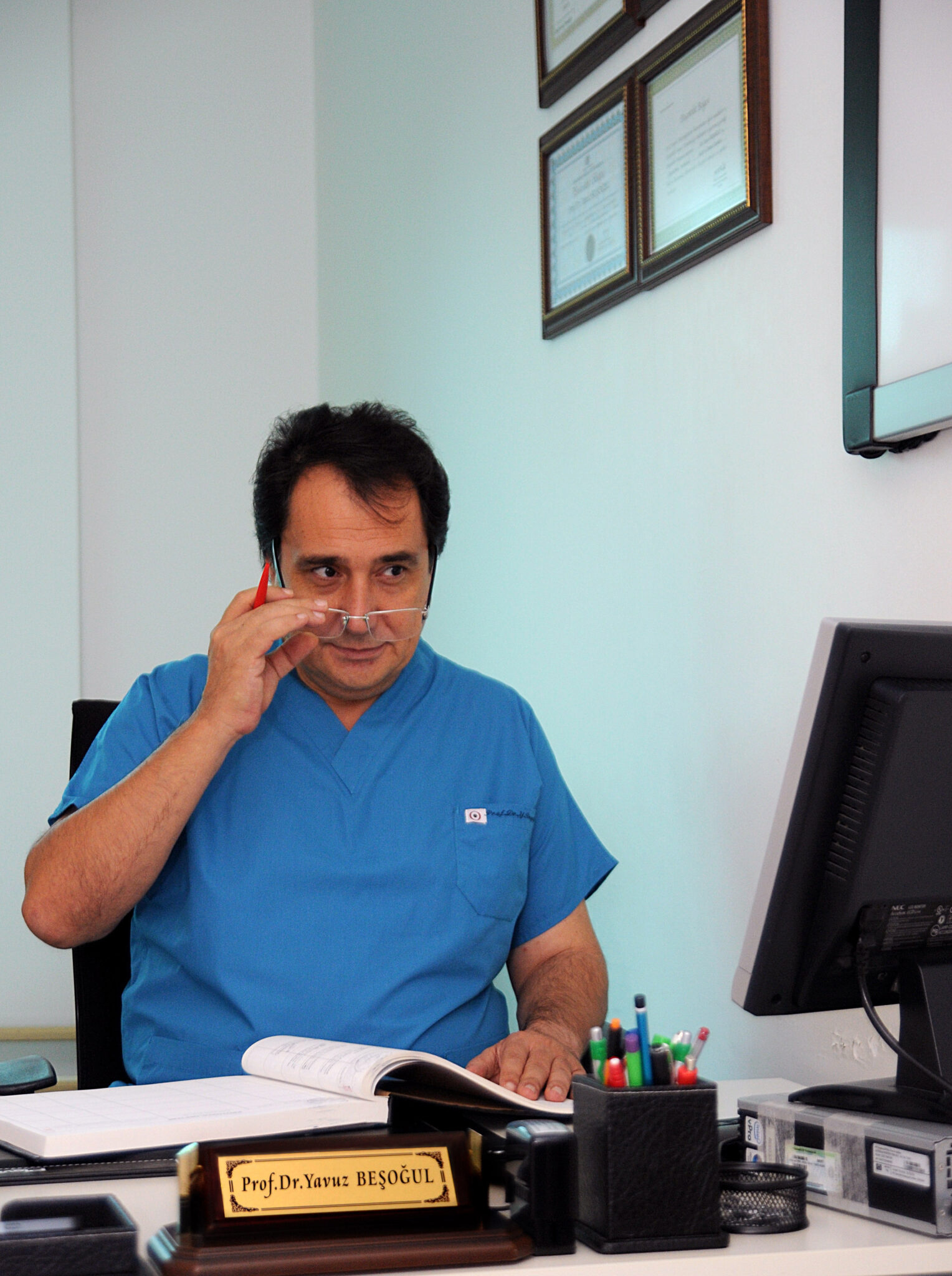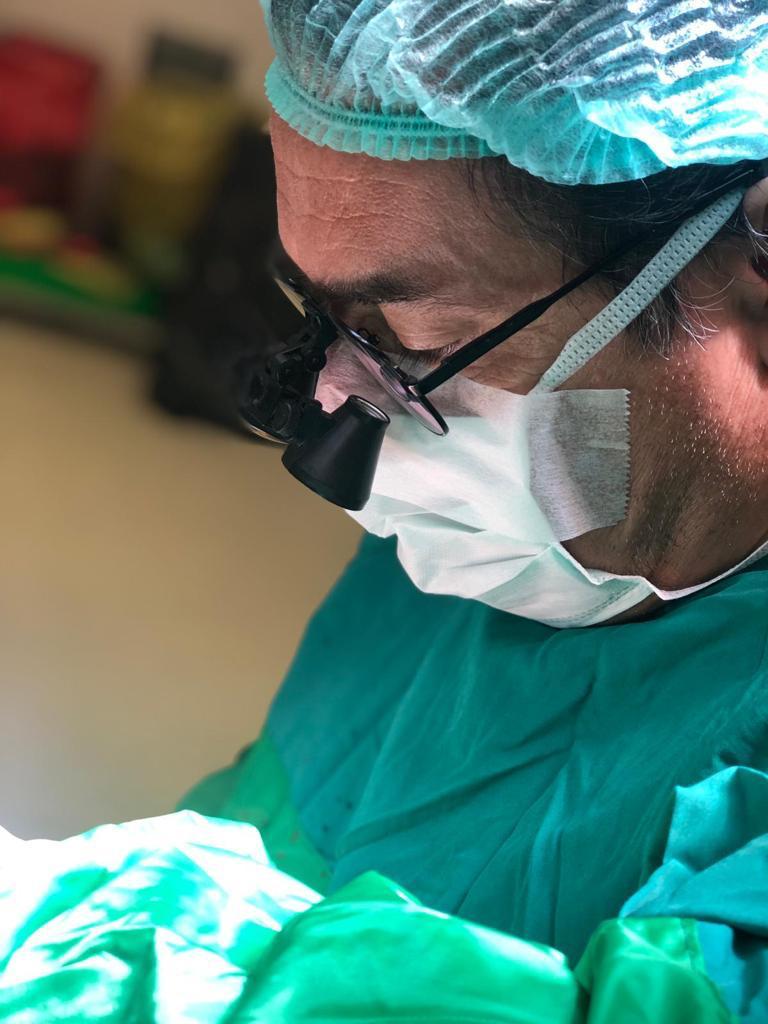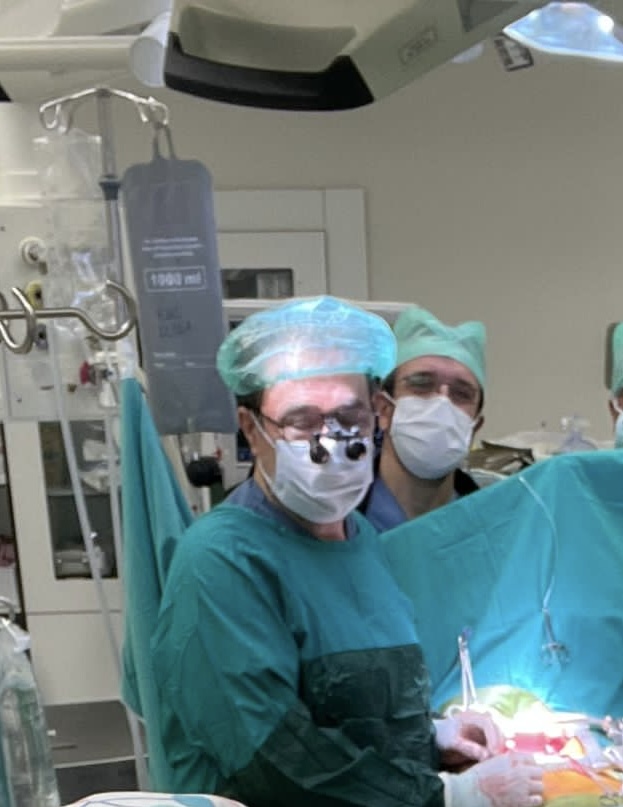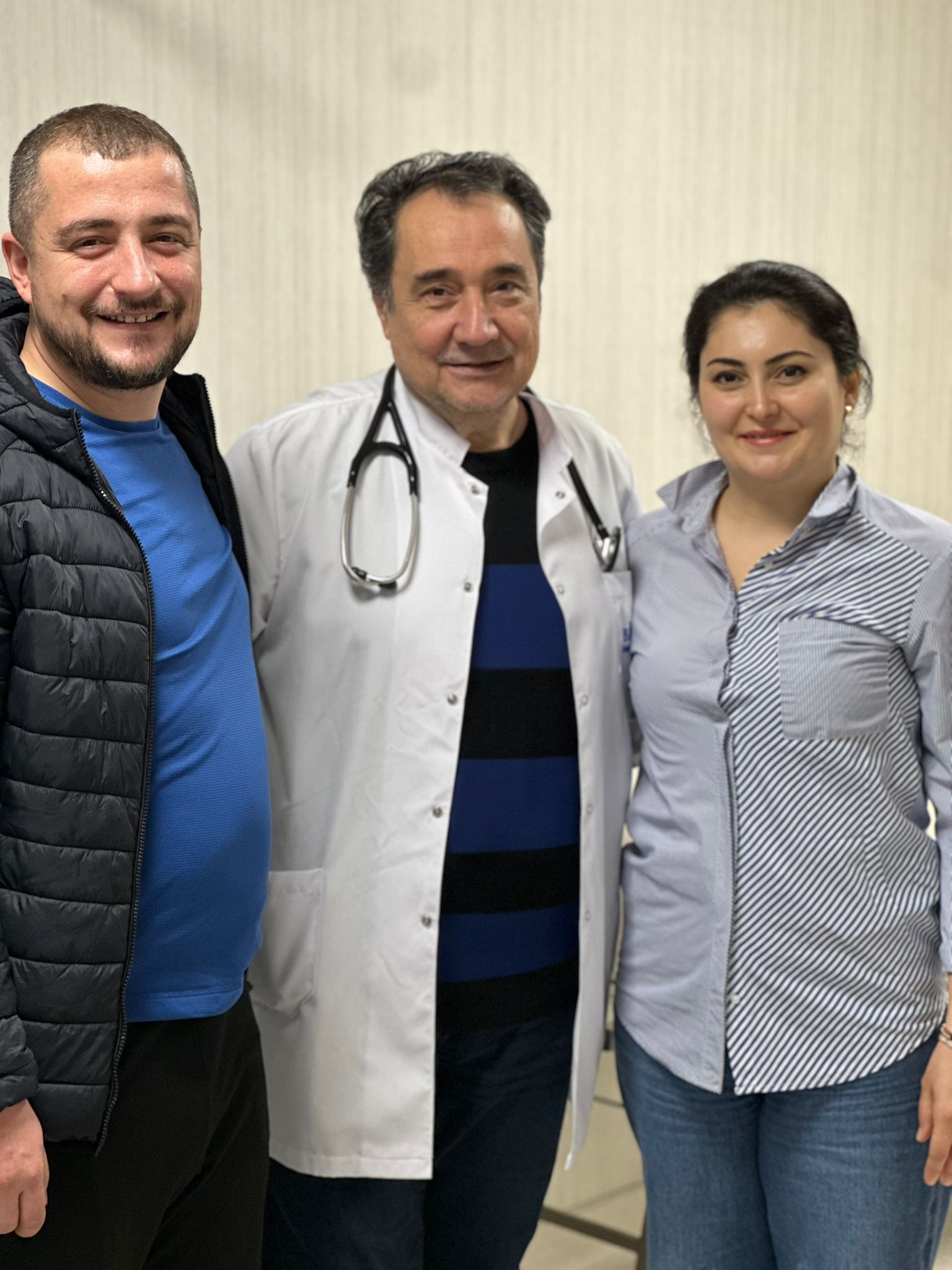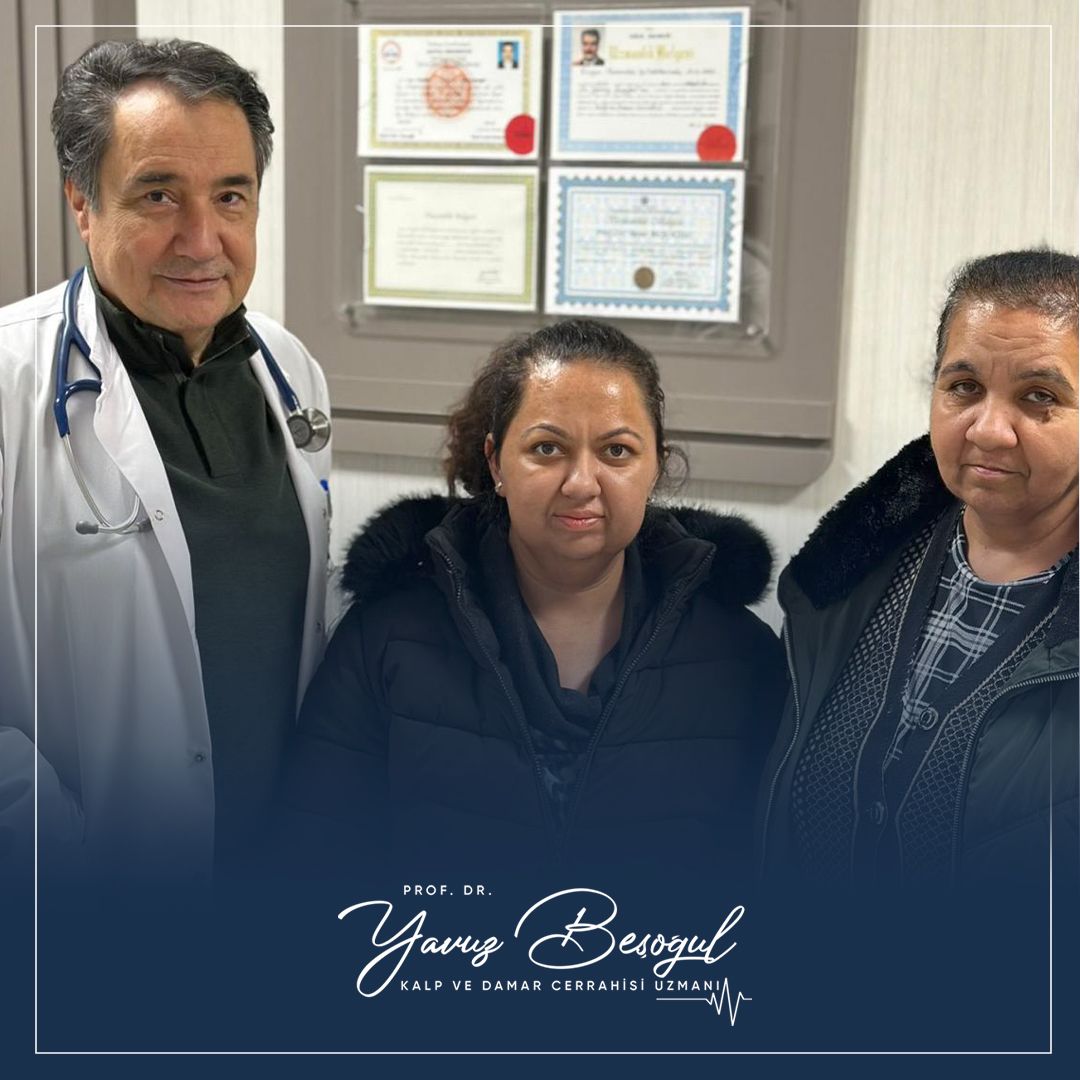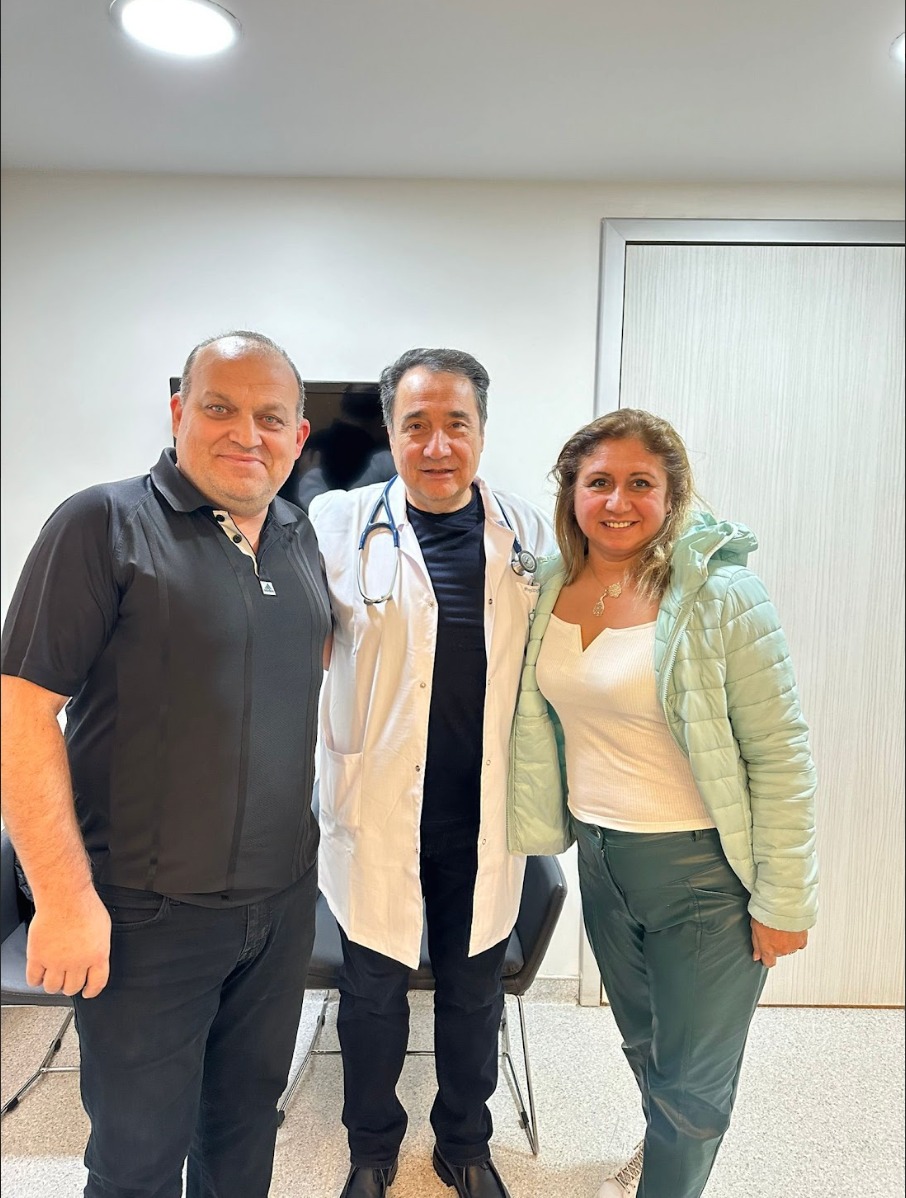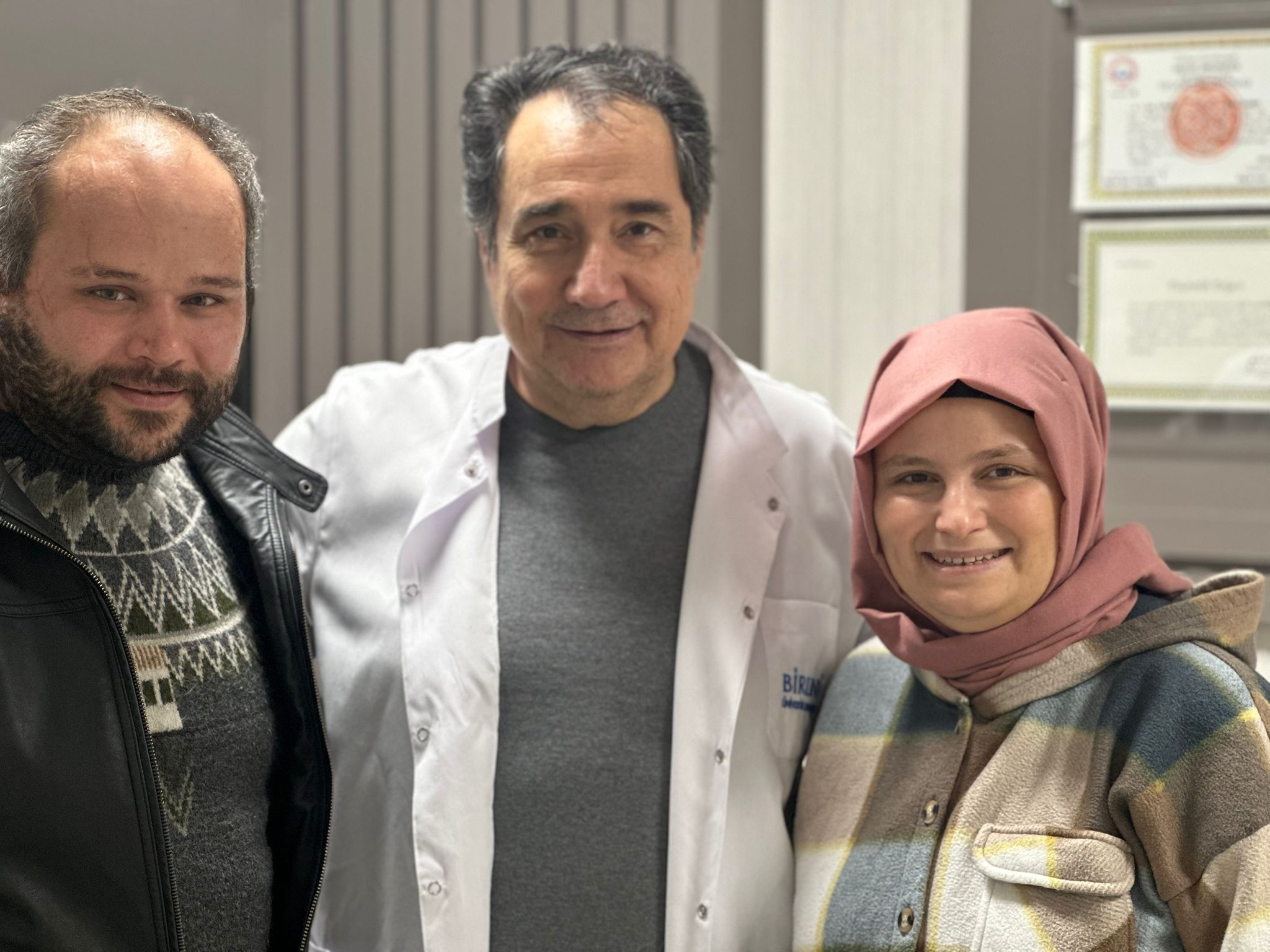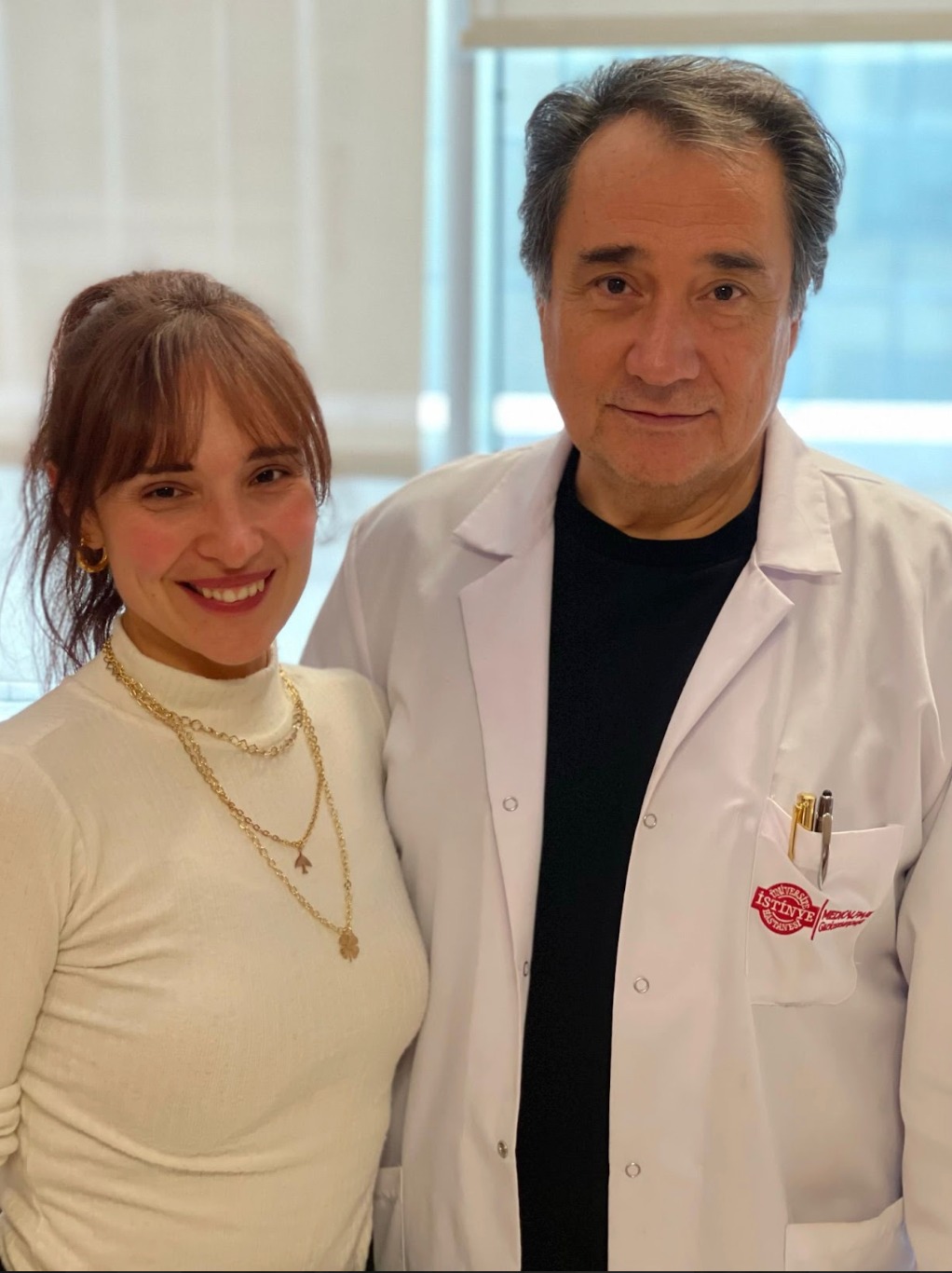Contact Us!
You can contact us immediately to make an appointment or to get information about treatments!
Every patient deserves the best possible treatment based on scientific evidence.
For us, it is not only important to treat the disease but to truly heal you. Regaining your health, feeling safe, and having your cardiovascular surgery in the best possible way is our priority.


Prof. Dr.
Yavuz Beşoğul
Cardiovascular Surgery Specialist
Prof. Dr. Yavuz Beşoğul is one of the best cardiovascular surgery doctors in Istanbul and throughout Turkey, providing services to both domestic and international patients.
Within the scope of health tourism, patients coming to Istanbul from Europe, the Middle East, and many other countries regain their health with technologies used in the surgical treatment of cardiovascular diseases and surgical methods that comply with international standards.
Prof. Dr. Yavuz Beşoğul, who performs heart surgeries with a high success rate in many areas from bypass surgeries to valve surgery, from aortic aneurysm treatment to minimally invasive interventions, performs these surgeries at the university hospital.
Resume
Written
Media
TV News & Programs
From the Clinic

Contact Us!
You can contact us immediately to make an appointment or to get information about treatments!


